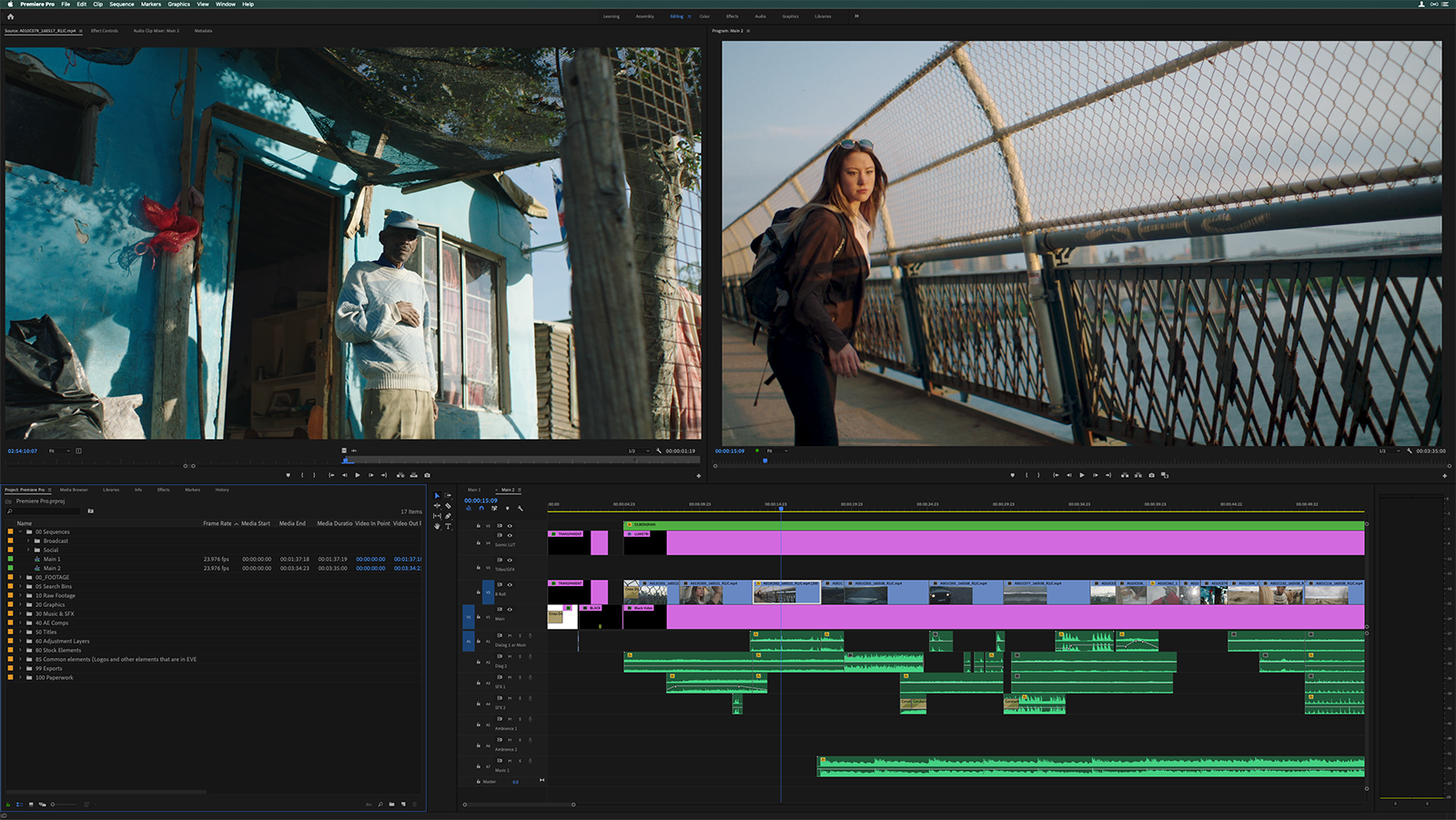This paper, examining the role of student-constructed questions in encouraging active reading has given me a new perspective on how to digest information in an effective, captivating manner. Ernest Balajthy posits that self-questioning has “demonstrated its classroom usefulness and its place in models of learning by reading”. Upon first seeing this text, I had scanned over the general layout, as suggested by the first text assigned. The headings and title had given me the impression that the author had intended to examine the effectiveness of critical thinking as a means of absorbing information. In the opening few paragraphs, the author acknowledges the views that “retention is automatic with comprehension” and that “retention is influenced by interacting factors”. Presumably, the addition of these perspectives shows that public opinion is not unanimous on the matter and offers a consensus to be juxtaposed later in the paper. I felt it was important that Balajthy mentioned the early studies on self-questioning. Without its inclusion, the piece may lack a sense of credibility.
Using the notetaking tips from the video task this week, I was able to break the paper down into simple to grasp concepts, as opposed to rote memorisation or parsing the text repeatedly. I do believe that keeping my mind active while intaking information is more effective than more traditional techniques, and I will keep this in mind in the future.
The idea presented that questioning can “arouse interest,” and “trick the mind into maintaining attention,” was something I found noteworthy. I had felt like I was able to engage with the text more easily once I used critical reading methods as outlined in the first assigned text. Of course, that’s just my personal experience; the studies mentioned later in the paper offer more reliable evidence of this technique’s usefulness. In the past, I had done little more than run through a text quickly, highlighting what I deemed necessary, and I felt an internal change as to how I processed this text when I started thinking effectively while reading.
Balajthy notes the use of SQ3R as a useful reading technique. This contrasts with Thomas Frank’s suggestions as listed in this week’s video task, who claimed it wasn’t particularly useful in an academic setting. So, it is possible that the consensus on this has evolved since the publishing of this paper. I have yet to make proper use of SQ3R/SQ4R, but I will trust that other techniques prove more fruitful. Overall though, I found this paper helpful in developing study skills and critical thinking through reading.
Sources:
- https://help.open.ac.uk/use-an-efficient-approach
- https://help.open.ac.uk/active-reading
- Balajthy, E. (1984). Using Student-Constructed Questions to Encourage Active Reading. Journal of Reading, 27(5), 408-411.
- https://youtu.be/JL0pqJeE4_w

No comments:
Post a Comment